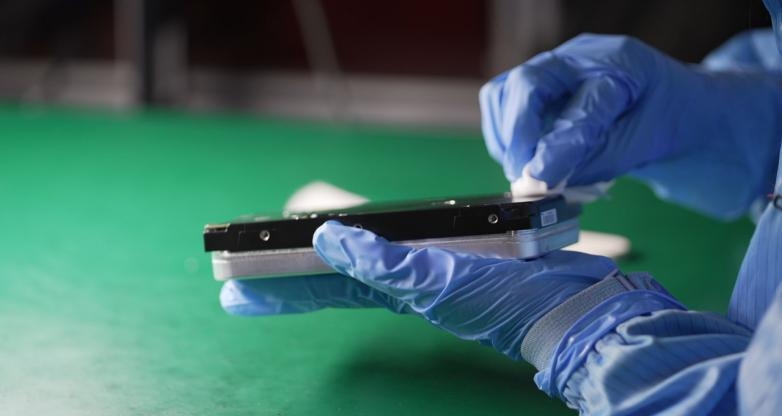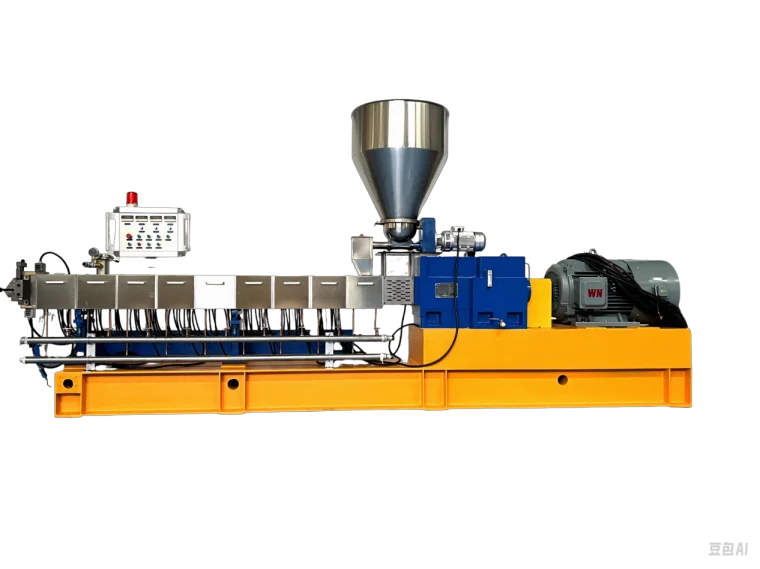Traditional microplate readers often rely on halogen or tungsten lamps, but with the maturation of LED technology, a quiet revolution in "light" is underway… Today, let’s explore how LED light sources are redefining the performance boundaries of microplate readers.
In biomedical laboratories, the microplate reader is a device used to detect biological molecules such as antigens, antibodies, and nucleic acids. It works by emitting light at specific wavelengths through the sample, then calculating absorbance changes to determine concentration. Therefore, the stability, accuracy, and durability of the light source directly affect the reliability of experimental results.
From Halogen Lamps to LEDs: What Has the Light Source Upgrade Brought Us?
1. Longer Lifespan, Lower Presence
-
The drawbacks of halogen lamps: They usually last only 1,000 to 2,000 hours. Their light intensity drops significantly over time, requiring frequent replacements. This not only increases maintenance costs but also risks experimental deviations due to light fluctuations.
-
LED breakthroughs: With a lifespan exceeding 20,000 hours (10x longer than halogen lamps), LED light intensity decays slowly. In a lab operating 8 hours a day, an LED source can function stably for nearly 7 years without needing replacement—truly a “set-it-and-forget-it” solution.
✨ Scene to imagine: No more worrying about your lamp dying mid-experiment, or wasting time recalibrating due to aging light sources!
2. More Stable Light, More Accurate Data
-
Halogen lamp issues: They generate large amounts of heat during operation, causing wavelength drift—especially during long continuous use—which can lead to absorbance measurement errors.
-
LED advantages:
-
Excellent temperature stability: Low heat generation, with wavelength drift as little as ±1 nm, ensuring strong repeatability (coefficient of variation <1%).
-
Superior monochromaticity: LEDs emit specific wavelengths directly (such as 405 nm or 450 nm), eliminating the need for extra filters. This reduces light energy loss and increases detection sensitivity by 10%–15%.
www.hiwelldiatek.com
Wuxi Huawei Diatek Instrument Co., Ltd.


Average Rating